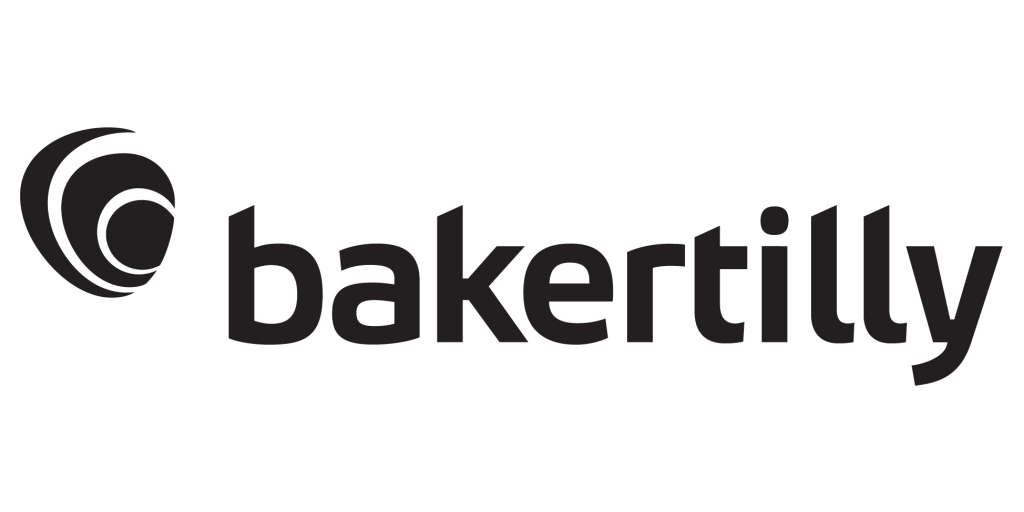How User Personas Accelerate Gen-AI Adoption

Authored by Baker Tilly’s Dave DuVarney
As generative artificial intelligence (AI) tools become more widely available, organizations face a new challenge: not just deploying these tools, but effectively supporting users based on their individual readiness and ambition. Each user engages with AI differently, bringing unique levels of familiarity, confidence and intent. To address this, organizations should focus on aligning AI support with user personas, each with their own tailored adoption strategies that support real value creation.
So how can leaders match the right support to the right user at the right time?
Understanding user intent, not just user role
Behavioral personas offer a practical lens for understanding how employees engage with AI, regardless of their role or seniority, and help ensure support strategies are aligned with actual usage patterns. Segmenting users by behavior rather than by title enables organizations to make more intentional and effective decisions around training, access and governance for generative AI tools.
These personas are not rigid labels, and may not always be formally assigned, but are evolving modes of engagement that reflect a user’s comfort, curiosity and confidence with AI tools:
- Pioneers: Forward-thinking innovators who are pushing boundaries, actively experimenting with new tools, proposing ideas and seeking access to more advanced capabilities. They’re often early adopters who help drive momentum across the organization.
- Explorers: Engaged, curious users who are applying Gen-AI in meaningful ways, often within defined tools. They may not be creating brand-new solutions, but they’re hands-on and looking to make their work more efficient and effective.
- Consumers: A more passive group who won’t seek out AI tools on their own but will use them if directed. For this group, training and clear use cases are essential to unlock value.
Rather than labeling individuals as one type or another, think of these personas as fluid states that users may move overtime as comfort levels and capabilities grow. Recognizing and supporting these shifts allows organizations to meet users where they are, accelerate adoption and unlock greater value from Gen-AI investments.
Define success signals for each user type
Just as adoption strategies varies by persona, so should the key performance indicators (KPIs) used to measure adoption and effectiveness. Aligning metrics to behavioral user personas allows organizations to track progress more meaningfully and take targeted action to support growth, engagement and responsible use.
- Pioneers: Success is measured through output, such as the number of Gen-AI solutions developed, breakthrough use cases identified, or pilots promoted to enterprise scale. These metrics help identify where to invest in advanced capabilities.
- Explorers: Look for signs of deeper engagement, such as the number of Gen-AI agents or applications adopted by multiple users, or the frequency of tool usage. These insights can inform where to introduce more advanced training.
- Consumers: Track foundational adoption metrics like the percentage of employees completing micro-trainings or self-reporting time saved (e.g., gaining back an hour per week on routine tasks). These indicators help assess where additional support or clearer use cases are needed.
Organizations should also revisit and refine these metrics regularly to ensure they reflect evolving business priorities, user behavior and tool maturity.
Create space for innovation within secure environments
One of the core challenges of Gen-AI adoption is balancing innovation with governance. It’s essential to offer Pioneers and Explorers the freedom to test, iterate and push boundaries, but that experimentation must happen within governed environments that protect data and uphold compliance standards
An enterprise-grade tool like Microsoft Copilot offers a powerful solution: they enable innovation within a secure, governed ecosystem, allowing organizations to monitor usage, manage access and enforce policies without stifling creativity. Users should be directed away from public-facing tools and into these sanctioned platforms, where usage can be monitored and managed effectively.
Start with the opportunity, not the tool
For organizations just beginning to roll out Gen-AI, the instinct might be to start with a platform. But successful programs start by identifying strategic opportunity areas — places where Gen-AI can solve real problems or unlock efficiencies. This ensures adoption is purpose-driven rather than tool-driven.
Here’s where the user personas come back into play. Each group is motivated by different types of opportunities:
- Pioneers: Energized by open-ended challenges and the chance to build new solutions. Involve them early in identifying opportunity areas and piloting use cases.
- Explorers: Thrive when they see clear, relatable examples of Gen-AI improving everyday work. Show them defined problems they can help solve more efficiently.
- Consumers: Benefit from highly practical, low-risk use cases with direct relevance to their roles. Focus on tasks they already perform — and how AI can save them time or reduce effort.
By mapping opportunity areas to the needs and motivations of each persona, organizations can accelerate adoption and ensure AI becomes an integrated part of how people work — not just another platform to learn.
Finally, executive sponsorship is critical. Programs that succeed are championed from the top, with clear alignment to business goals, supported by robust governance and reinforced through consistent communication – ensuring that Gen-AI adoption is intentional and sustainable.
How Baker Tilly can help
Baker Tilly’s digital solutions team helps organizations design and scale Gen-AI adoption programs tailored to their workforce. From persona-based enablement strategies to change management and governance frameworks, we guide clients through each stage of their journey — helping teams turn Gen-AI potential into measurable impact.

